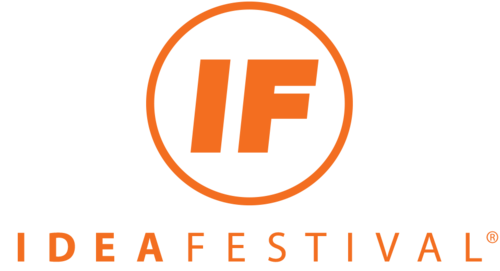Too much resolution stops giving you information and becomes merely noise.... Seth Godin, yesterday.
An IdeaFestival speaker last year, Clive Thompson has written a thought provoking piece for New York Times Magazine on the competition between master mechanical watchmakers in Switzerland and the makers of smart watches such as those from Pebble and Apple.
How, he asks, can the analog watchmakers compete? As it turns out there are several advantages an analog watch possesses. For one thing, it will never go out of style because the software that powers it is no longer up the job, or because the hardware itself is inadequate and can no longer efficiently process the code, or the software developer has made a business decision to move to a different code base in anticipation of future features.
With some cleaning and care, a well made analog watch, in contrast, will last generations. While Swiss watchmakers often cater, as Thompson points out, to a relatively wealthier clientele, they've clearly thought hard about the differences between their craft and one driven by software, and about what competitive advantage, if any, they hold against digital makers. For example, I found this rethinking of the hands of a watch imaginative.
"...owner[s] can set an activity goal, like 8,000 steps for a day. Then the watch displays how close you are to meeting it, using the hand on a small, secondary dial: At 2,000 steps, for example, the hand would point to 3 o’clock, signifying 25 percent. Eventually, the dial could quantify all sorts of data: How full is your inbox? How close is your friend to arriving at the restaurant? To Ronnie Bernheim, co-owner (with his brother André) of the watchmaker Mondaine... this approach is superior to the blunt accuracy of a screen. A watch hand is 'glanceable,' as he puts it, because it’s only semi-accurate; we peek at an analog wall clock to get a general sense of the time of day, not a precise one.
Many years ago when I was actively flying for fun, cockpit instrumentation was dial-based. Today, while such analog (and lossy) information is slowly being replaced by screens in so-called "glass" cockpits, you will find analog instruments such as an attitude indicator, a vertical speed indicator, an old-fashioned compass with its magnetic heart and a turn-and-slip indicator tucked away somewhere in the panel, at the ready to help the pilot find home should the digital readouts suddenly blank.
For watchmakers, pilots and innovators, questions have more value if the context is known.
If you haven't seen the IdeaFestival 2015 speaker lineup, please have a look! And remember that festival passes are now on sale. Follow us on twitter (@ideafestival) or on Facebook (facebook.com/ideafestival) for updates, as well as links throughout the day to interesting finds on the web.
I hope to see you at the IdeaFestival!
Stay curious.
Wayne



